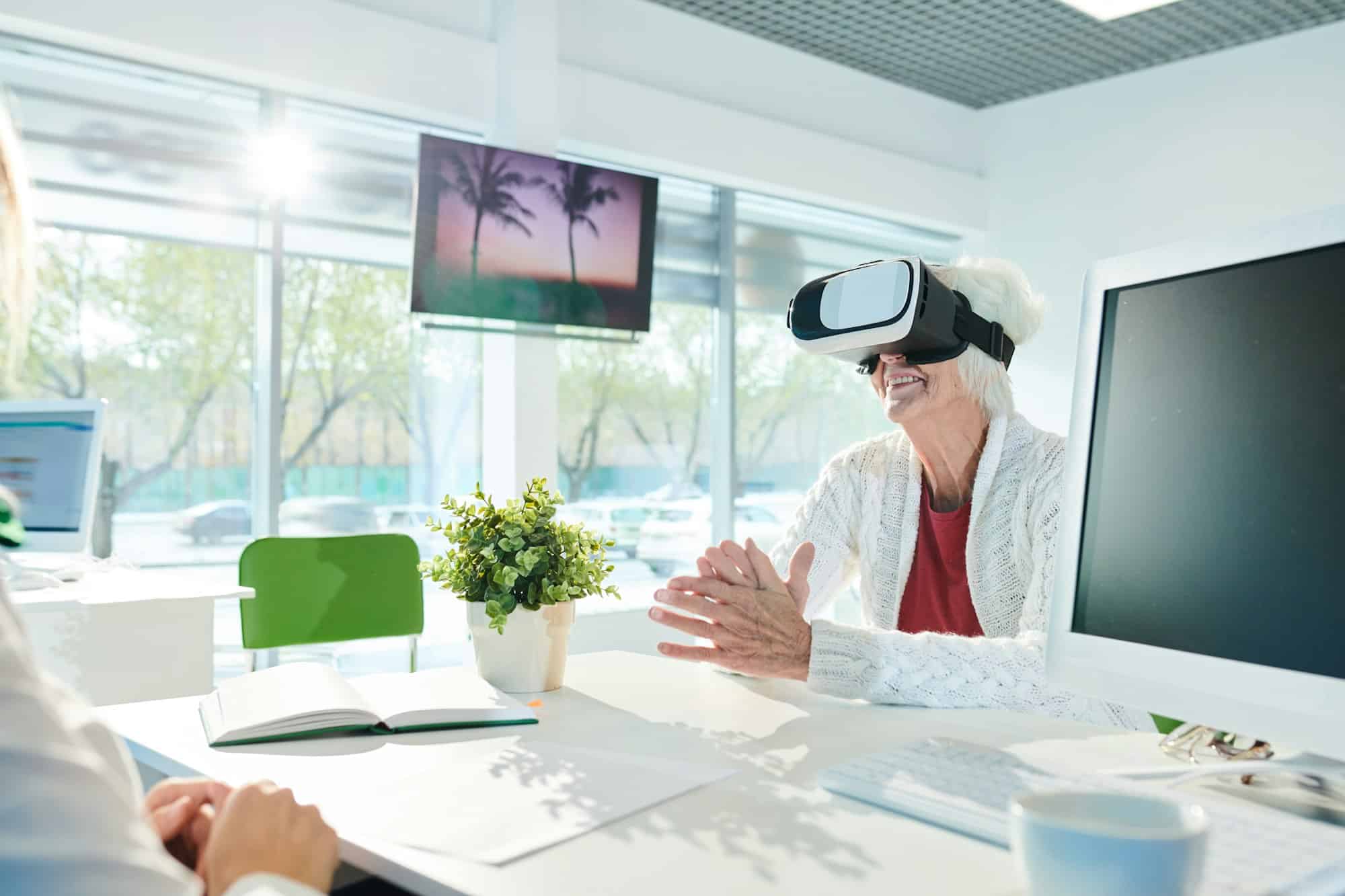How to Use Virtual Tours to Enhance Real Estate Sales in Remote Locations?

In the digital age, we live in a world made smaller and much more accessible by technology. It has reshaped several industries, including real estate. Today, potential buyers can experience properties without leaving their homes, thanks to virtual tours. This innovative technology has revolutionized the property market, making it easier for real estate agents to showcase homes and properties for sale in remote locations. Let’s delve deeper into these virtual tours and their impact on the real estate market.
The Power of Virtual Reality in Real Estate
The advent of virtual reality technology has brought a significant change in the real estate industry. Virtual tours offer potential buyers an immersive, 360-degree view of properties from the comfort of their homes, eliminating the need for physical visits to each listing.
Dans le meme genre : How Can Real Estate Agencies Utilize Drone Photography to Enhance Property Listings?
Virtual reality offers a real-time experience to potential buyers, enabling them to navigate through properties at their own pace. It gives them a feel of the space, layout, and design, making it easier for them to make decisions. For real estate agents, this technology is a boon as it saves time and resources spent on multiple property visits.
With virtual tours, agents can showcase multiple properties in a short time, making the sales process more efficient. Even properties located in remote areas can be easily accessed by potential buyers, making them more marketable.
A lire également : What Are the Environmental Considerations for Developing Real Estate Near UK National Parks?
The Process of Creating Virtual Tours for Real Estate
Creating a virtual tour is not as complicated as it may sound. It involves capturing high-definition images or videos of a property from different angles and then using software to stitch them together to create a 360-degree view. Some virtual tours may also include interactive elements like hotspots, voiceovers, and clickable icons to provide more information about the property.
The first step in creating a virtual tour is to capture the property in high-definition. This is usually done using a digital camera or drone. Next, the images or videos are imported into a virtual tour software where they are stitched together to create a seamless, 360-degree view. This software also allows agents to add interactive elements to the tour, enhancing the overall experience for potential buyers.
Once the tour is created, it can be embedded on the agent’s website or shared via email or social media platforms. This not only increases the visibility of the property but also attracts a wider pool of potential buyers.
Marketing Properties through Virtual Tours
With the advancements in technology, marketing strategies in real estate have evolved. Virtual tours have become an integral part of real estate marketing as they provide an immersive, interactive, and engaging experience to potential buyers.
Besides virtual tours, real estate agents can also use augmented reality applications that allow potential buyers to visualize how a property would look with different furnishings and decor. This kind of immersive experience is not possible with traditional marketing methods.
Virtual tours also provide a competitive edge in the real estate market. Properties with virtual tours attract more views and generate more leads compared to listings with just photos. Therefore, incorporating virtual tours into your marketing strategy can significantly enhance your chances of making a sale.
Virtual Tours: Bringing Remote Properties Closer to Buyers
One of the biggest challenges faced by real estate agents is showcasing remote properties. Virtual tours have effectively addressed this issue by bringing these properties closer to the buyers. Potential buyers can experience these properties in real-time without the need for travel.
This convenience encourages more potential buyers to explore remote properties, thereby increasing their marketability. Moreover, virtual tours provide a more detailed view of the property compared to photographs, helping buyers make informed decisions.
The Future of Virtual Tours in Real Estate
The future of real estate lies in embracing technology, and virtual tours are a significant part of this transition. With their ability to provide an immersive experience to potential buyers and save time and resources for agents, virtual tours are here to stay.
As technology advances, we can expect virtual tours to become more sophisticated and interactive. They will continue to reshape the real estate industry, making it more efficient and accessible to both agents and buyers.
So, if you are a real estate agent looking to enhance your sales, investing in virtual tours is a worthwhile consideration. By providing an immersive, real-time experience to potential buyers, you can not only increase your property views and leads but also stay ahead in the competitive real estate market.
Leveraging Virtual Tours for Effective Property Management
Property management is a crucial aspect of the real estate industry. It involves the management of personal property, equipment, tooling, and physical capital assets. With the integration of technology, managing these has become more efficient. Virtual tours, in particular, have transformed the way property management is conducted.
When it comes to property management, virtual tours are an effective tool in showcasing homes for sale or rent. These tours offer an immersive view of the property, providing potential tenants and buyers with a realistic experience. This not only saves time for both parties but also reduces the physical effort involved in visiting numerous properties.
Virtual tours also offer high-quality, 360-degree views of each room, allowing prospective buyers to scrutinize the property in detail. This detailed view can instill confidence in potential tenants, reassuring them of the property's condition and value.
Moreover, virtual tours can be particularly beneficial for property listings in remote locations. These virtual house tours make such properties accessible to a wider audience, which can lead to quicker sales. Thus, virtual tours can significantly enhance property management by making it more efficient and accessible.
Virtual Tours: The Future of Real Estate Marketing
As the world becomes more digital, the real estate industry is adapting to the changing landscape. Virtual tours are at the forefront of this transformation, fundamentally changing the way properties are marketed and sold. With the enhanced experience these tours offer, we can expect them to play a significant role in the future of real estate marketing.
Virtual tours offer a significantly richer experience than traditional property listings, allowing prospective buyers to engage with the property on a deeper level. This interactive and engaging experience makes these tours an essential component of real estate marketing strategies.
Moreover, properties showcased with virtual tours often attract more views and inquiries compared to standard property tours. This increased visibility can lead to quicker sales and higher profits. Therefore, incorporating virtual tours can significantly enhance your real estate marketing efforts.
The future of real estate marketing lies in leveraging technology like virtual tours to provide a more immersive and engaging experience to potential buyers. As technology continues to evolve, we can expect virtual tours to become more advanced and interactive, further transforming the real estate industry.
Conclusion
In conclusion, virtual tours have become a powerful tool in the real estate industry. They provide an immersive, realistic, and convenient way for potential buyers to explore properties, even those in remote locations. This technology not only enhances the buying experience but also makes the sales process more efficient for estate agents, leading to quicker sales.
The use of virtual tours in property management and real estate marketing has clear advantages. Their ability to provide a detailed, 360-degree view of properties makes virtual tours an effective marketing tool that can attract a wider pool of potential buyers.
As the real estate industry continues to evolve with technology, virtual tours will only become more integral to the buying and selling process. By investing in virtual tours, estate agents can stay ahead of the competition and cater to the changing needs of potential buyers and tenants.
